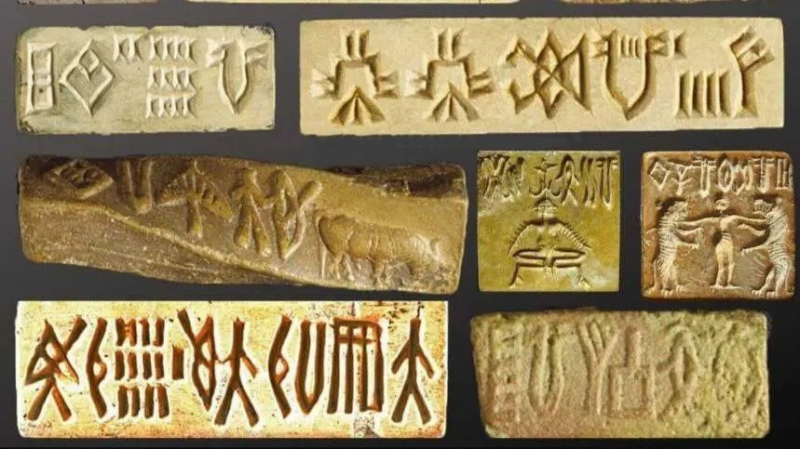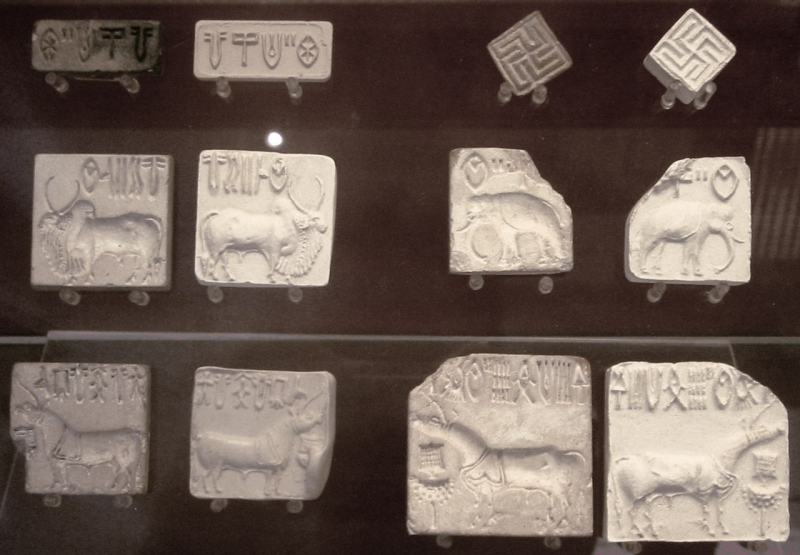Some reasons why the Indus Script remains undeciphered
Scholars have been unable to solve the riddle of the Indus Script for several reasons. The recovery of bilingual inscriptions, or comparing an unknown script with a known one, allowed for the initial decipherment of some ancient languages, including Egyptian. Unfortunately, no bilingual inscriptions have yet been discovered, preventing comparisons between the Indus Script and other writing systems.
The fact that all of the inscriptions discovered so far are relatively brief, with less than 30 signs, presents another challenge to their decipherment. As a result, it is impossible to correctly analyze recurrent sign patterns, another method that can be used to reveal the meaning of a writing system, for the Indus Script.
The language (or languages) that the Indus Script is thought to represent is still unknown, which is the final and most significant reason why it hasn't been deciphered. The two language families that are most frequently preferred by academics are Indo-European and Dravidian, but other options have also been put forth, including Austroasiatic, Sino-Tibetan, and maybe a lost language family. Numerous academics have proposed that the Indus Valley Civilization was not Indo-European based on the material culture connected with it.







